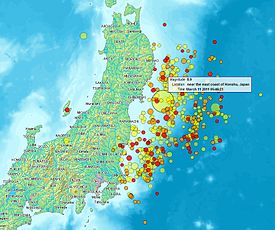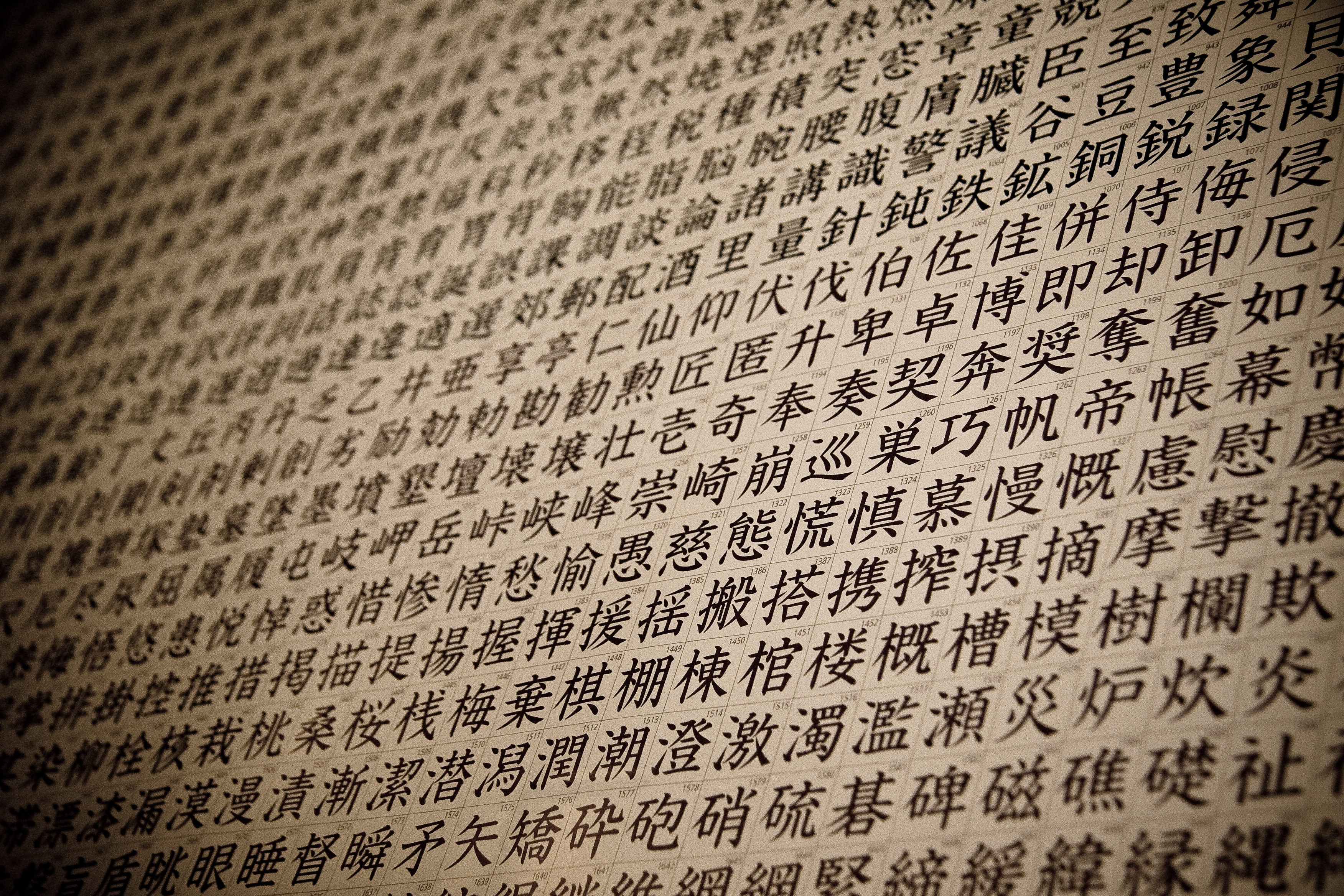Jōyō kanji, the official list maintained by the Japanese ministry of education which contains all the characters who every Japanese student should know, has been increased to 2136. This means an addition of 196 new characters and the suppression of 5.
This decision was made because nowadays, thanks to new technologies, it’s much easier to write some kanji considered so difficult before. Most people use computers or the mobile phone to write Japanese characters, so they don’t need to remember the exact way to draw it. They just need to remember the pronunciation and how they look.
This list has not been stable over the years. For instance, during the second world war, when the Japanese nationalistic fervor was so high, the number of kanji was increased to 2528!
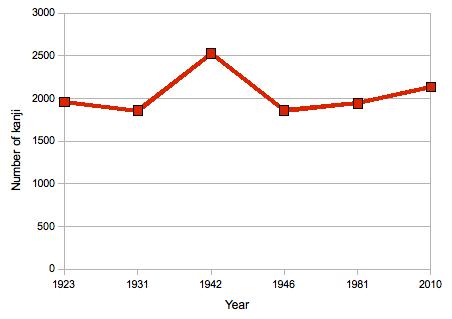
However this is a big change for Japanese students and educators, as this makes even more difficult to study what it was one of the most difficult and time consuming things from the Japanese language.
This is the full list of the new included kanji:
媛 怨 鬱 唄 淫 咽 茨 彙 椅 萎 畏 嵐 宛 顎 曖 挨 韓 鎌 葛 骸 蓋 崖 諧 潰 瓦 牙 苛 俺 臆 岡 旺 艶 稽 憬 詣 熊 窟 串 惧 錦 僅 巾 嗅 臼 畿 亀 伎 玩 挫 沙 痕 頃 駒 傲 乞 喉 梗 虎 股 舷 鍵 拳 桁 隙 呪 腫 嫉 叱 鹿 餌 摯 恣 斬 拶 刹 柵 埼 塞 采 戚 脊 醒 凄 裾 須 腎 芯 尻 拭 憧 蹴 羞 袖 汰 遜 捉 踪 ## 曾 爽 遡 狙 膳 箋 詮 腺 煎 羨 鶴 爪 椎 捗 嘲 貼 酎 緻 綻 旦 誰 戴 堆 唾 鍋 謎 梨 奈 那 丼 貪 頓 栃 瞳 藤 賭 妬 填 溺 諦 阜 訃 肘 膝 眉 斑 阪 汎 氾 箸 剥 罵 捻 虹 匂 喩 闇 弥 冶 麺 冥 蜜 枕 ## 勃 頬 貌 蜂 蔑 璧 餅 蔽 脇 麓 籠 弄 呂 瑠 瞭 侶 慄 璃 藍 辣 拉 沃 瘍 妖 湧 柿 哺 楷 睦 釜 錮 賂 毀 勾
References: Examiner, Kirai, Tofugu, Wikipedia
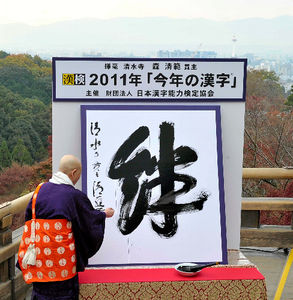
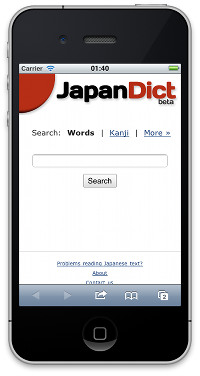 We have implemented few new features in
We have implemented few new features in 